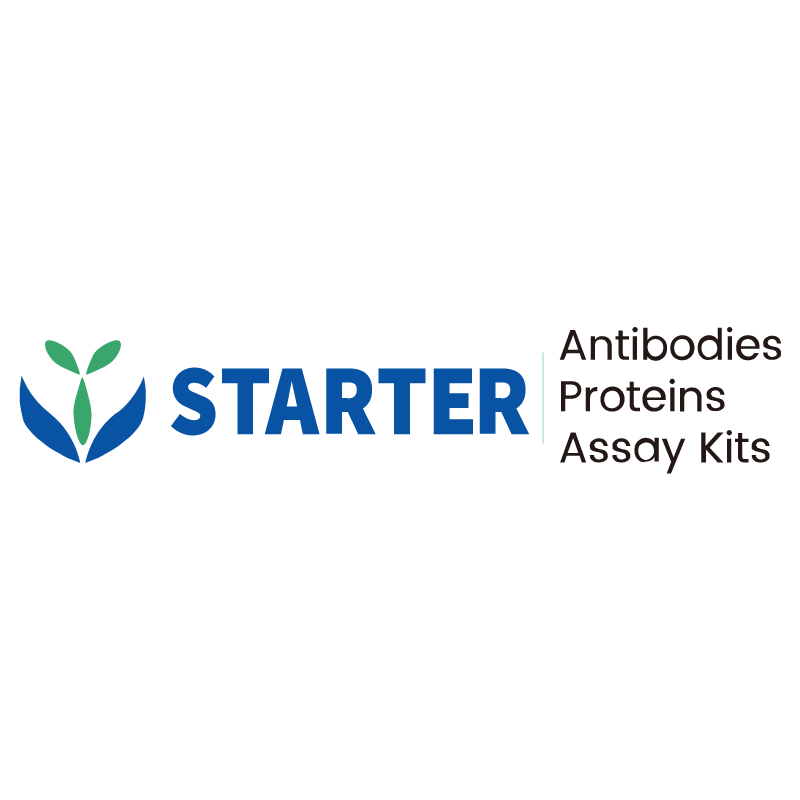Flow cytometric analysis of human PBMC (human peripheral blood mononuclear cell) labelling LILRB4/CD85k/ILT3 antibody at 1/500 (0.1 μg) dilution (Right) compared with a Rabbit monoclonal IgG isotype control (Left). Goat Anti - Rabbit IgG Alexa Fluor® 488 was used as the secondary antibody. Then cells were stained with CD14 - Alexa Fluor® 647 separately.
Product Details
Product Details
Product Specification
| Host | Rabbit |
| Antigen | LILRB4/CD85k/ILT3 |
| Synonyms | Leukocyte immunoglobulin-like receptor subfamily B member 4, B4, CD85 antigen-like family member K, Immunoglobulin-like transcript 3 (ILT-3), Leukocyte immunoglobulin-like receptor 5 (LIR-5), Monocyte inhibitory receptor HM18, LIR5 |
| Immunogen | Recombinant Protein |
| Location | Cell membrane |
| Accession | Q8NHJ6 |
| Clone Number | S-280-51 |
| Antibody Type | Recombinant mAb |
| Application | FCM |
| Reactivity | Hu |
| Purification | Protein A |
| Concentration | 0.5 mg/ml |
| Conjugation | Unconjugated |
| Physical Appearance | Liquid |
| Storage Buffer | PBS, 40% Glycerol, 0.05%BSA, 0.03% Proclin 300 |
| Stability & Storage | 12 months from date of receipt / reconstitution, -20 °C as supplied |
Dilution
| application | dilution | species |
| FCM | 1:500 | null |
Background
LILRB4 belongs to the subfamily B class of LIR receptors which contain two or four extracellular immunoglobulin domains, a transmembrane domain, and two to four cytoplasmic immunoreceptor tyrosine-based inhibitory motifs (ITIMs). The receptor is expressed on monocytic cells and transduces a negative signal that inhibits stimulation of an immune response. The receptor can also function in antigen capture and presentation. It is thought to control inflammatory responses and cytotoxicity to help focus the immune response and limit autoreactivity. LILRB4 has also been proposed to be a potential target for tumor immunotherapy. It has been shown to express on tumor-associated macrophages and negatively regulate immune response in tumor. The expression of LILRB4 on monocytic myeloid leukemia cells supports infiltration and inhibits T cell proliferation.
Picture
Picture
FC


